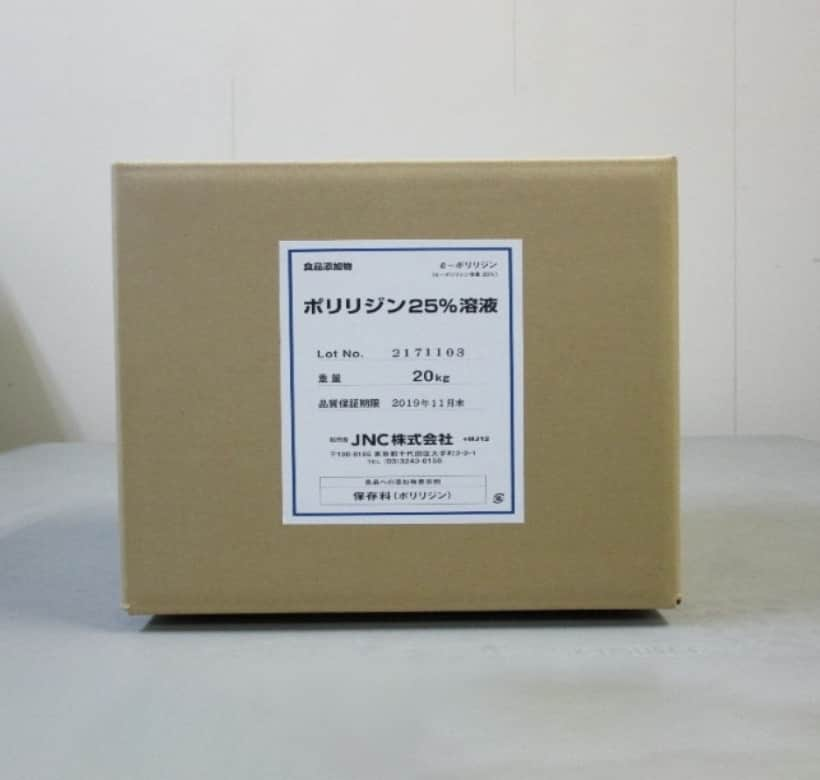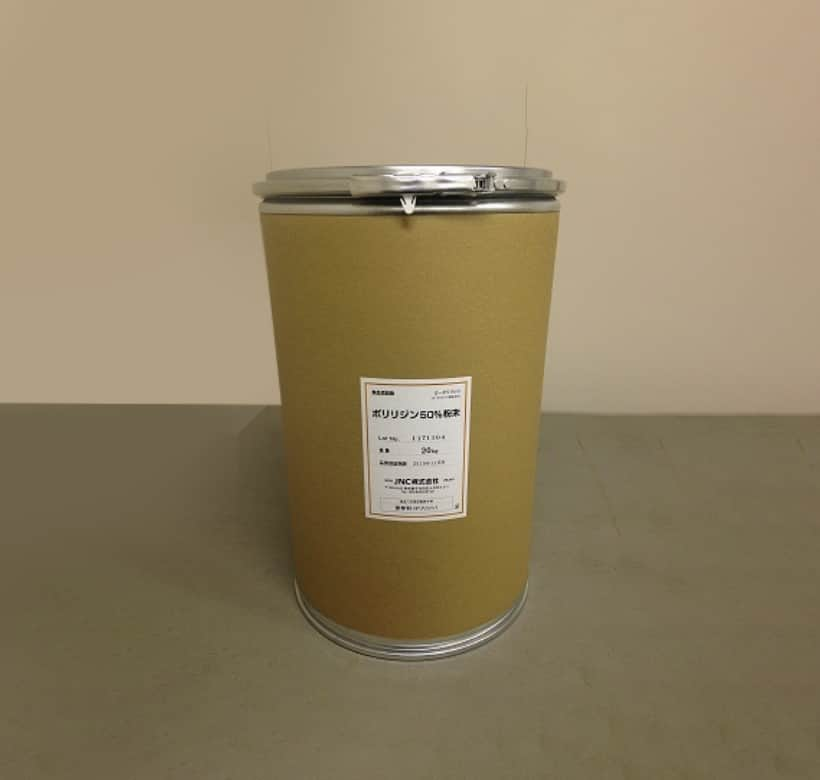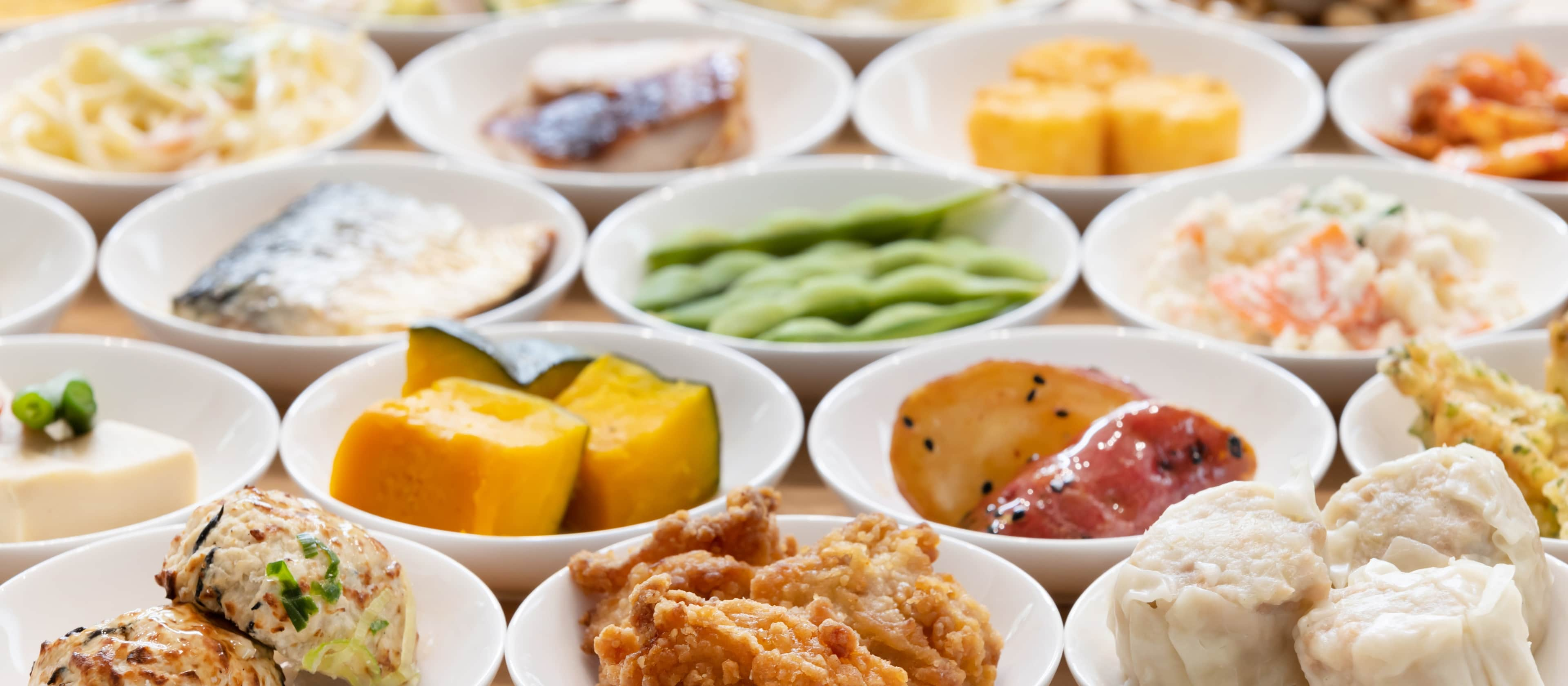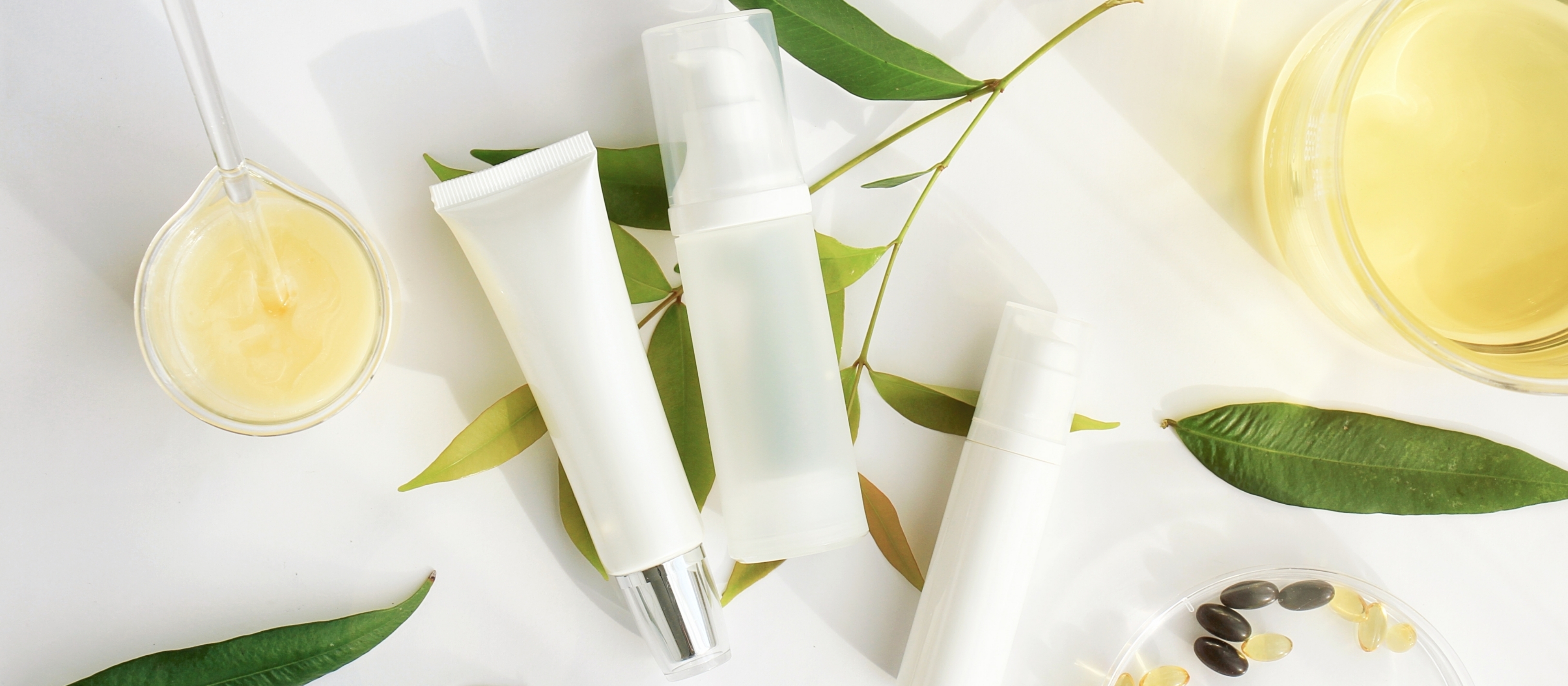ε-Polylysine
Natural cationic polymer
produced by fermentation
INFORMATION
INFORMATION
-
Guidance
We will exhibit at ifia Japan. We are looking forward to your visit.
Period 2023.5.17-19 -
New Product
A new antiviral drug containing safe Polylysine. Prease feel free to contact us.
-
Guidance
Updated website.
ABOUT
About ε-Polylysine

The polylysine manufactured by JNC is ε-poly-L-lysine (ε-Polylysine).
ε-Poly-L-lysine has a unique chemical structure in which the essential amino acid L-lysine is peptide-bonded at the side chain amino group (ε-Position).
It is a highly cationic polymer because the ε-amino group has strong cationic properties.
Polylysine includes α-Polylysine, ε-Polylysine (free form), and ε-Polylysine hydrochloride, but the Polylysine manufactured by JNC is ε-Polylysine (free form). Please note that only JNC Polylysine is GRAS certified. Please check below article for details.
FEATURES
Features of ε-Polylysine
ε-Polylysine a cationic polymer, has various functions such as:
-
- Antimicrobial effect
-
ε-Polylysine has a growth inhibitory effect on various microorganisms.
-
- Aggregation effect
-
ε-Polylysine has the effect of aggregating and precipitating bacterial cell, proteins, nucleic acids, polysaccharides, and the like.
-
- Adsorption effect
-
ε-Polylysine has the effect of adsorbing to various substances and modifying their surfaces.
-
- Deodorizing effect
-
ε-Polylysine has the effect of removing odors.
-
- Dispersion effect
-
ε-Polylysine has the effect of dispersing hydrophobic particles.
APPLICATION
Application example of ε-Polylysine
CATALOGS/DOCUMENTS
CATALOGS/DOCUMENTS
FAQ
FAQ
PRODUCTS
PRODUCT FORMS
Powder type and liquid type are available.
✓ The powder type is a mixture containing 50% each of ε-Polylysine and dextrin used in food.
✓ The liquid type is an aqueous solution containing 25 % ε-Polylysine.
※ ε-Polylysine complies with the Japanese Code of Food Additives (9th edition).

Liquid type
(25% ε-Polylysine, 75% water)

Powder type
(50% ε-Polylysin, 50% dextrin)











